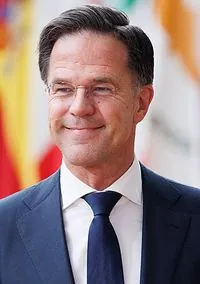Trump's Ukraine peace plan raises eyebrows: What's really at stake for Europe
A complex web of interests surrounds **Trumpʼs** promise to end Ukraine conflict right after taking office. European leaders face tough choices about their response to potential US-Russia deal-making

Donald Trump says heʼll stop Ukraine war on day-one of his presidency but his plan remains unclear. The ex-presidentʼs quick-fix promise (made about 2 months ago) looks over-simplified given complex regional dynamics
Russia might agree to stop attacks if US drops Ukraineʼs NATO hopes and ends military aid; however theres more to consider. Vladimir Putin would need to halt missile strikes and agree to a buffer-zone — but experts think heʼd use any deal just to re-group: his defense budget is set to be almost 1/3 of state spending in 2025
The Kremlinʼs past moves show a pattern of tactical thinking. Since first attacking Ukraine (about 10 years ago) Putin has used cease-fires to strengthen his position; now hes watching Ukraine get weaker while Western support drops
- Europe needs higher defense spending
- More direct military trainers in Ukraine
- Stronger NATO membership promises
- Better leverage in US-China talks
European leaders dont trust any quick-fix deals. They remember how Ukraineʼs previous neutral status didnt stop Russian attacks — and now theyre worried about Trump using NATO protection as bargaining chip (which would make Putin very happy)
Ukrainian domestic weapons production is growing fast; European arms factories too. This might help offset reduced US support but the risk remains: Putin could use Trumpʼs deal-making desire to split Western unity and get closer to controlling Ukraine
The real issue isnt just about making peace: its about stopping Russia from using talks as a way to divide allies. European countries need to act fast — before Trump starts unofficial talks with Moscow (possibly through well-known tech billionaires and other Russia-friendly contacts)





























